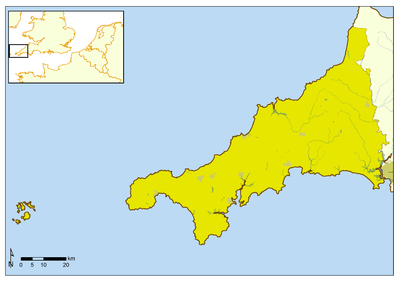Case study Granville
The lobster fishery of the Granville Bay and its governance (France)
1. Presentation and history
The Bay of Granville (Figure 1) is an area that takes on a special significance because of its geographical situation. Indeed, it is a shared maritime border area between England (Jersey) and France (regions of Lower Normandy and Brittany). It is located west of the Cotentin and around Jersey[1]. The Granville Bay, also known as the Norman-Breton Gulf, takes its name from the town of Granville located in the department of Manche. Fishing in this maritime region, and lobster fishing in particular, is of particular importance. Lobsters are an iconic and very present species due to the numerous island groups and rocky shore platforms that provide shelter to one of the largest French lobster nursery habitats[2].
- ↑ LE GALLIC B., 1996. Conflits d’usage et régulation d’accès à la pêche : le cas du golfe Normano-Breton. Mémoire of DEA Economie et Politique Maritime, ENSAR, Rennes, 125 p.
- ↑ DELAYAT S., LEGRAND V., 2011. Les cantonnements de pêche. Projet MAIA (Marine protected areas in the Atlantic arc). Comité régional des pêches maritimes et élevages marins de Basse-Normandie, 51 p.
